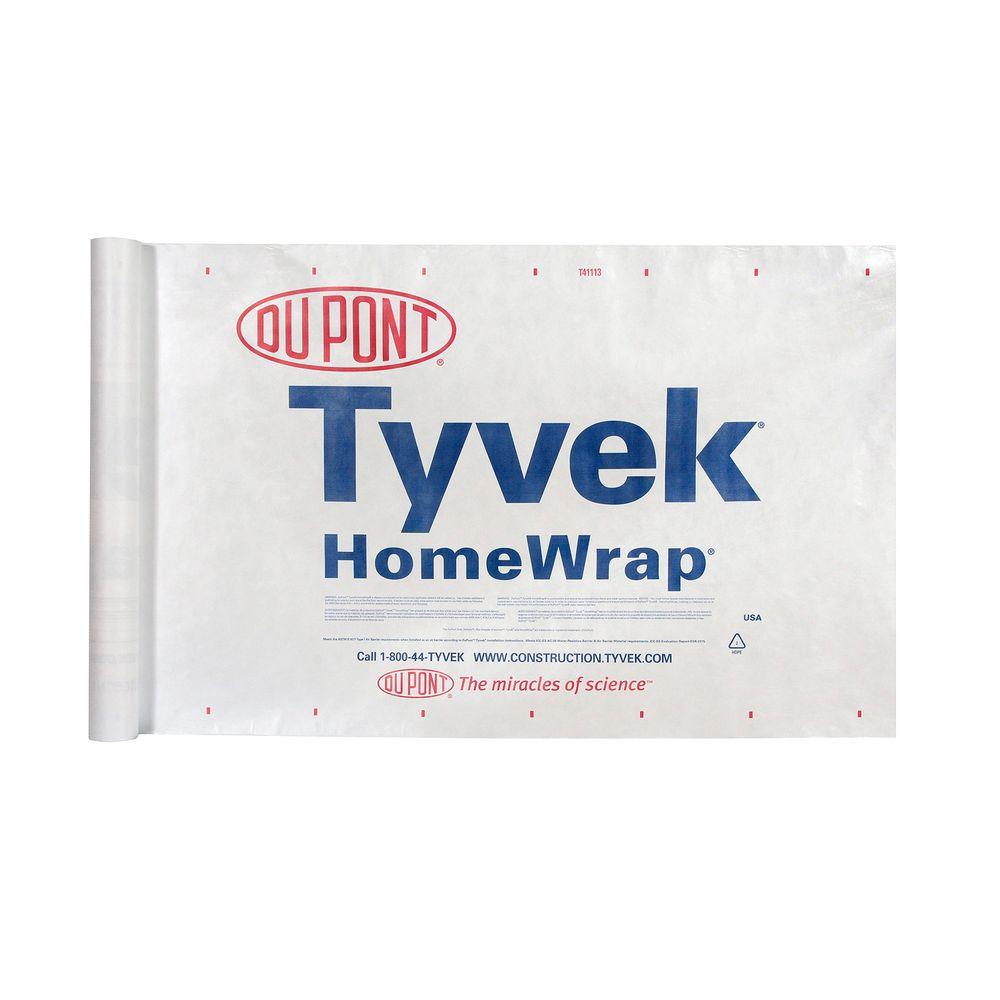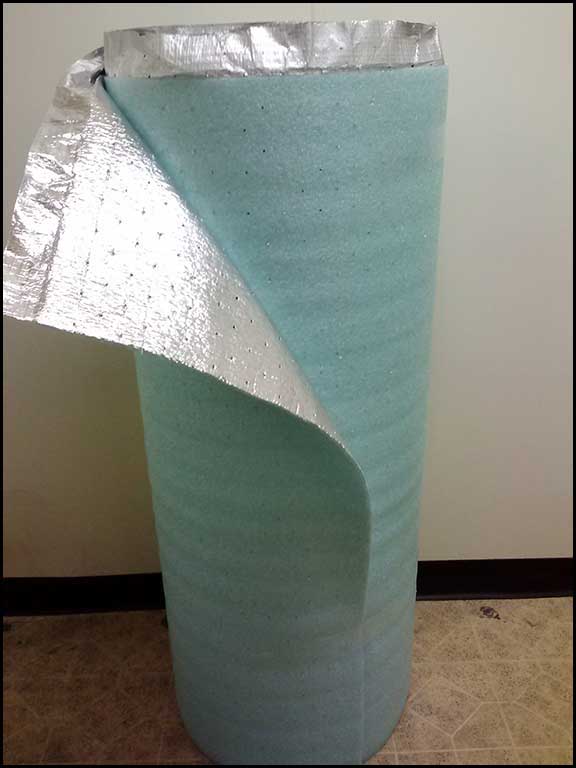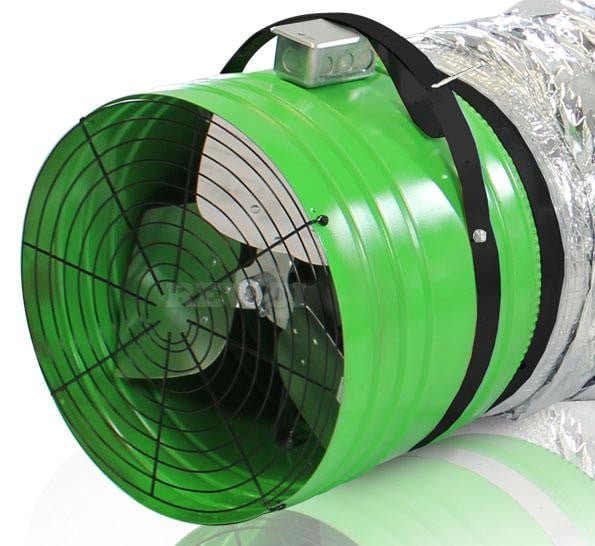Table Of Content

HomeGuard® House Wrap is an engineered, woven, polyolefin product designed for use as a secondary WRB. This will be any cracks you may see, the areas around the roof, and in general, sealing as much as you can from the east-west is a good idea. This is because the wind usually blows from here, allowing more moisture in during storms.
THE 2018 INTERNATIONAL BUILDING CODES
House wrap is designed to be permeable so that moisture can exit the home, instead of getting trapped inside the wall cavity. The permeability of the material depends on the type of house wrap, but can also vary between individual products, so it's important to check the listed permeability of the product before purchase. Permeability is measured in US perms, with one perm equal to one gram of water vapor per hour per square foot per inch of mercury. House wrap is designed to protect the home against rain, sleet, snow, and any other type of moisture that may seep through the exterior siding. This protective layer blocks the moisture from entering the wall cavity of the home, preventing wood rot, mold growth, and flooding. House wrap comes in a range of forms, including fabric, paper, and board material that covers the exterior sheathing of house walls to protect the wall framing.
Comparing House Wrap Vapor Permeability
Because it is almost always manufactured from synthetic material, house wrap does come with a sizeable embodied energy footprint. Despite this fact, when applied correctly, house wrap can play a major role in completely sealing your home's building envelope. This sealing lowers the overall energy use to heat and cool the structure. After the opening is covered, make one cut with your knife straight up and down in the center.
Which is better, OSB or Plywood for Roofs, Walls & Floors?
During times of driving rain or when your roof gutters get clogged and end up leaking, water can penetrate your exterior siding. This water penetration can cause significant damage to your interior wall assembly. House wrap is usually made from a synthetic material wrapped around the plywood of the home exterior.
Uses of Tyvek Barriers
But more rigid fiber-cement or engineered wood lap sidings can cause a dam at the top of each course, trapping incidental water. For those claddings, a three-dimnensional woven wrap earns its keep, even at a slight cost premium. Negotiate the best price for a nonwoven, non-perforated, vapor-permeable housewrap, which leading suppliers offer.
Related products
All we are talking about so far are the stand alone housewraps everyone is used to seeing, which will range from about 6 to 60 perms. To go further down this rabbit hole, you will find that your sheathing will impact vapour permeability of the wall assembly as well. For the standard wall assembly we are talking about here, make sure that whatever membrane you choose as your weather barrier is vapour permeable, and the more permeable the better. Look for the vapour permeance rating (how much moisture can pass though it); it should be on the product itself but also on the technical data sheets of company websites. They're officially known as water-resistive barriers or WRBs, sometimes weather-resistive barriers, but in practical terms they are more commonly called housewraps and weather barriers.
Cutting the first half always goes slick, but when you get to the last little bit, it tends to crumple up. You can avoid this by starting in the middle and cutting one half, then the other. Leave a small section of wrap intact, and cut off the other half. Cut out around it as closely as you can, then make two angled cuts up and away from the top of the pipe. Tape the flap up to keep it out of the way and then, starting at the bottom, tape the pipe to the wall. For more information on this step, read our story on window installation.
Siding Type and Housewrap Selection
A few other linguistic options to mention - cladding is the same as siding, furring strips are the same as strapping. Those and your weather barrier all installed properly are what defines a ventilated rainscreen. In separate ASTM E-283 testing (at 75PA or 1.57 PSF), Tyvek® HomeWrap® also showed superior performance in the area of air resistance. This is significant because preventing air infiltration in the wall cavity is a key factor in allowing insulation to perform to its installed R-value. And insulation that performs effectively can reduce the long-term energy costs of heating and cooling the home. While there are a few other benefits to house wraps, such as a sound barrier and air barrier, their main purpose is to keep moisture out.
Seal Existing Windows and Doors With Tape
SelgasCano and Diego Cano wrap La Canaria House with recycled aluminum colourful tubes in LA - World Architecture Community
SelgasCano and Diego Cano wrap La Canaria House with recycled aluminum colourful tubes in LA.
Posted: Tue, 02 Apr 2024 07:00:00 GMT [source]
However, my main concern is wrapping the house in something to air tight to prevent the house from breathing and causing trapped dry musty and mildew smells inside the house. My house does not have central air, which makes an air exchange unit not possible. Hi Kathy, There really isn't clear and concise info regarding permeability once you start layering different materials on top of each other. I don't think you can really go wrong with either, but we would say the more your wall can dry the better.

Barricade® Wrap Plus is a non-perforated, non-woven polyolefin product with a semi-permeable membrane. Barricade® Wrap Plus’ breathable and micro-porous membrane controls air and moisture infiltration, yet its permeability allows evaporation of moisture vapor if it makes its way inside the wall assembly. In this post, we compared Barricade® Wrap Plus, Tyvek® HomeWrap®, HomeGuard® House Wrap, CertainTeed CertaWrap™, and the ZIP System®. There were several vital performance components we considered when comparing these house wraps. These elements included durability, water and air resistance, vapor permeability, and drainage. With so many house wraps on the market today, how do contractors and building owners decide which is the best?
Based on cost alone, a perforated wrap can look like a bargain versus DuPont™ Tyvek® weather barrier. But a closer look at the material science inside each product, and the resulting performance comparison tells a different story. Like there are different types of siding you can use, there are also different types of house wraps you can use too. Each wrap has a specific purpose and a contractor can help you find the right wrap for you.
However, the ideal perm rating for house wrap tends to fall between 10 to 20 perms, balancing the inward and outward flow of moisture in the wall system. Though many house wrap manufacturers claim that their products allow for some water vapor inside your home to penetrate to the outside, your home's synthetic membrane will certainly trap certain things inside. Most contaminants and pollutants that affect your indoor air quality come from inside the building itself. So, the application of house wrap as a weather protection barrier can significantly affect your home's indoor air quality. If you aren't sure about which type of house wrap is best for your home, consider speaking to a siding manufacturer or getting suggestions from the house wrap installation company.
Errors will be corrected where discovered, and Lowe's reserves the right to revoke any stated offer and to correct any errors, inaccuracies or omissions including after an order has been submitted. Stretchable and flexible, Conform offers the ultimate protection for windows and doors. Premium butyl-based, Ulti offers the ultimate protection for windows and doors.

You must also install fiber cement siding and Tyvek WRB as per the applicable codes, industry standards, and manufacturer’s instructions. Enhanced water management and drainage in high exposure installations are possible if you install a drainage mesh on a WRB, use Tyvek DrainWrap, or create a rain screen using furring strips. The layer that is directly over studs or sheathing functions as the water-resistive barrier of the wall system. It’s integrated with door and window flashings, any expansion joints or through-wall flashings, and a weep screed at the wall’s bottom. For example, loose-fitting sidings, such as vinyl, in essence create their own watershed, so a flat wrap is adequate.
The R703.2 requires that an approved water-resistive barrier is applied, according to manufacturer’s installation instructions, over studs or sheathing of every exterior wall. When using a house wrap as a weather-resistant barrier (WRB), it must meet the 2018 International Building Codes (IBC 1402.2) requirements of a WRB for water-resistance and vapor permeability. It must also meet the 2018 International Residential Code (IRC) for water resistance (IRC R703.1.1).
Manufacturers will rightly claim their products are a suitable choice for an air barrier, and they most certainly are. The failure of weather barriers to perform well in that capacity lies entirely with how they are installed. “Perm rate” is the rate at which a house wrap allows water vapor to pass through it.

No comments:
Post a Comment